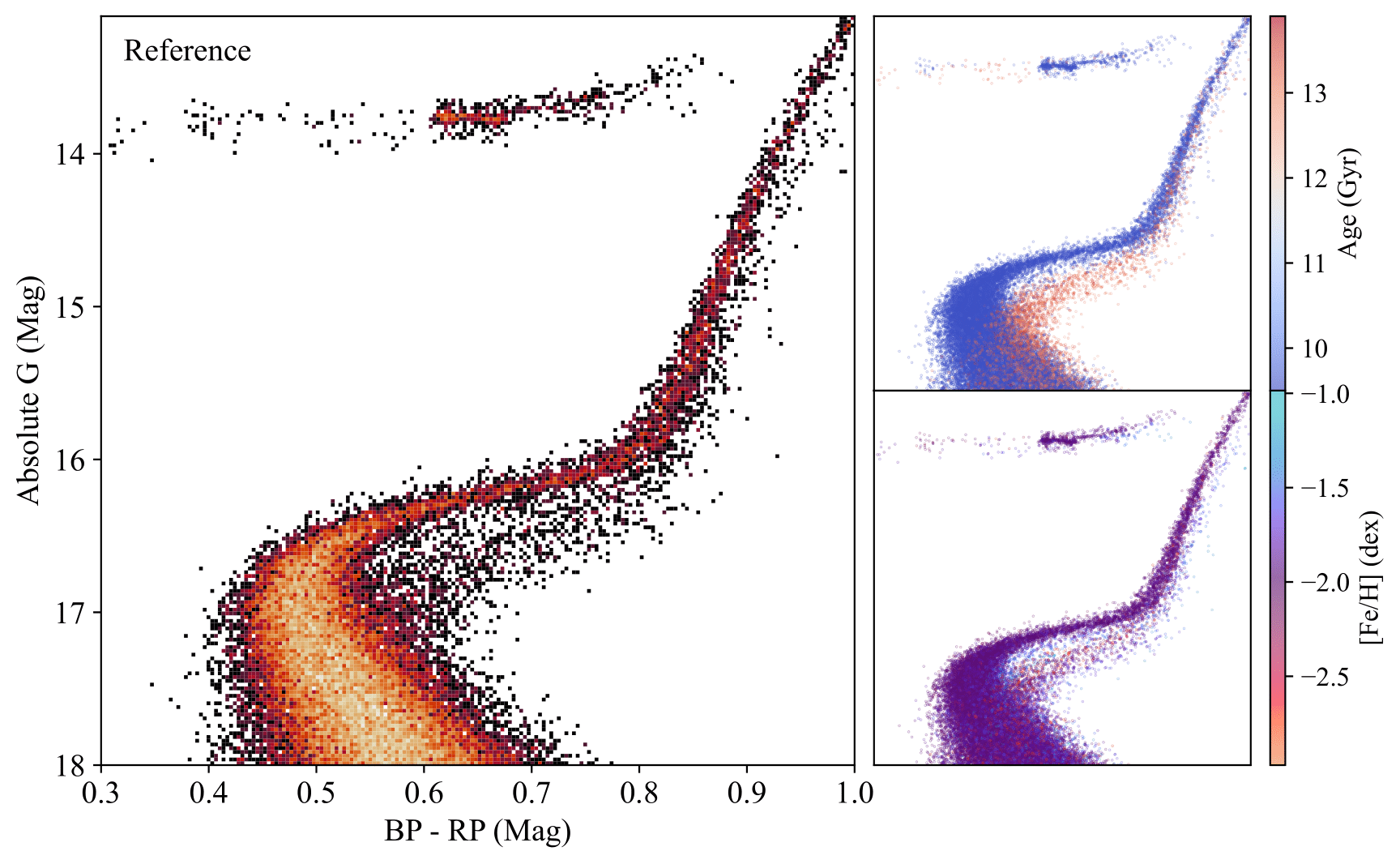While EDGE possesses two suites with differing physics packages, there are many core aspects of the EDGE prescription that have remained the same between them. Some of which are detailed here, if you would like a full description of the physics included in either EDGE suite then see the physics description page.
Dark Matter Resolution
Dark matter particles within 5 virial radii of a target halo are targeted to be 118 M⊙, and 944 M⊙ within hires and fiducial level simulations respectively.
Galaxy Mass Range
Isolated dwarf galaxies are selected to possess a halo mass within the range of 108-10 M⊙ hosting stellar masses 105-7 M⊙.
Star Particle Resolution
Star particles form self consistently from dense cold gas (300mp/cc,<100k) and are single stellar populations (SSPs) representative of a group of stars formed from a single star formation event. Particles Sample a Kroupa IMF with a mass of 300 M⊙.
Stellar Feedback
Stellar winds and supernovae are both modelled within the simulations. MORE DETAILS
Grid Resolution
Increasing densities cause the grid to undergo refinement in regions of interest. We target a max level of refinement of 3pc within both hires and fiducial level simulations.
Complete Merger Histories
Both suites possess large box sizes (50 Mpc3 for EDGE1 suite, and 100 Mpc3 for EDGE2) resulting in a full cosmological merger history of target systems.




